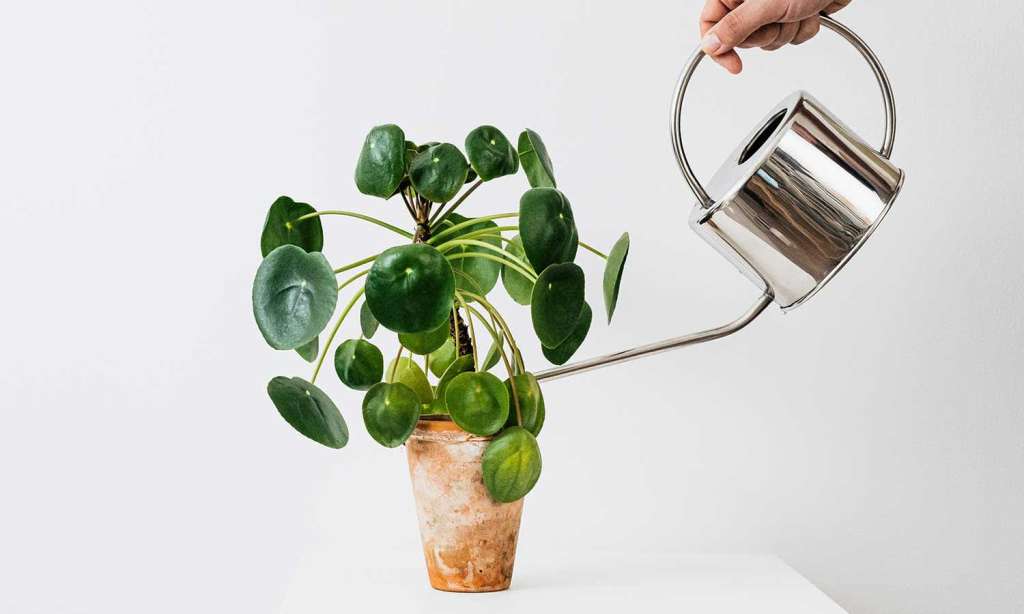So you purchased a bunch of indoor plants to keep you company in iso. Us too. Maybe they’re thriving in their new habitats, sprouting new leaves and growing so fast they’ll soon need repotting.
And yet, maybe they’re starting to turn brown, drop foliage and are shrivelling into crispy brown oblivion. It can be tricky to keep indoor plants happy — especially when you’re catering to different watering, sunlight and fertilising needs, but if you find your plants are still suffering despite your best efforts to revive them, then it might be time to try this easy hack.
When a plant grows, the roots stretch to fill every corner of its vessel. As root systems become bigger and more complex, the soil is pushed around to make way, often resulting in a near-solid mass of soil and roots in the pot. This poses problems for your green friends because if a plant cannot find oxygen, it will start to pale in colour, even resulting in yellowing or falling leaves. Dense soil can also lead to problems in drainage, and water that cannot escape your pot could eventually drown your plant.
In the garden, this work to aerate your soil is done by worms and critters that make their way around a garden bed, but at home, there are no bugs to do this work for you — at least you’d hope not anyway.
So, to do this yourself, all you need is a chopstick (which you definitely have lying around after an Uber Eats sushi delivery), and if you don’t happen to have one, you could use any long slender tool — like the back end of butter knife of a pen.
Once every few weeks, you’ll want to get into your pot with your tool and poke deep into the soil. You can take it at an angle, or push it directly down. Before bringing out the stick, make little circular motions to widen the holes. You may notice snapping sounds coming from some of the roots but don’t be deterred as this will not damage your plant.
Following a poke-around, water your plant. You’ll notice the water will drain much more efficiently through the soil. And that’s it!
When it comes to potting new plants, you can set your fronds up for success by using an indoor plant soil, which is made up of a lighter composition often with pearlite or lightweight rocks that help to break up the soil.
Secondly, do not compress the soil and pack more than you need into your pot. Keeping your soil light and fluffy will help a newly-potted plant spread new roots and will require fewer aeration sessions over time.
Read more stories from The Latch and subscribe to our email newsletter.

